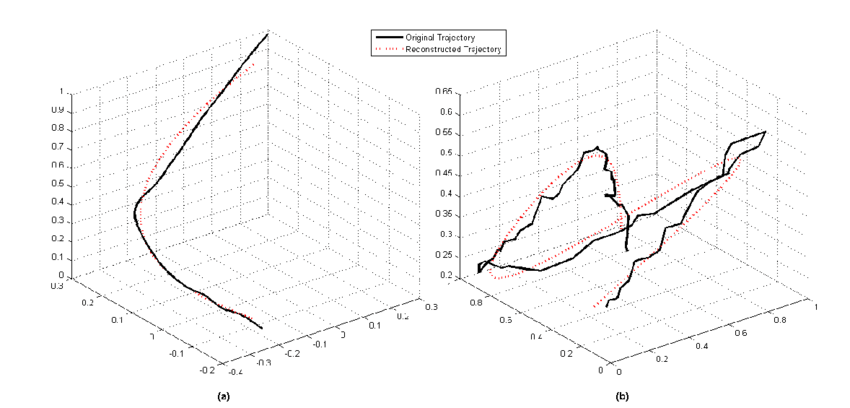In recent years, companies have been hard hit by what they call “digital transformation” or “digital transformation”. If certain phenomena are associated with the form of this term, such as the generalization of the use of smartphones , tablets and the application and material universe associated with them (development and integration into the daily working practices of collaborative work technologies, apps , cloud computing , big data , etc.), the ins and outs of this digital transformation are still poorly defined.
The digital transformation is seen as a global process of transformation that will lead the company to review its terms of collaboration with customers and sometimes even its business model.
Faced with this fact, the feeling shared by companies is a sense of urgency and need for adaptation in order to survive in this new economic environment. Moreover, these technologies involve developing new, more collaborative work practices, often in contradiction with practices that are still largely based on planning and controlling tasks.
Companies therefore live in a period of confusion that upsets both their business model (how do we create added value for the customer). To create meaning in this transformation, the actors of the organization mobilize myths.
Restore meaning in times of uncertainty
Myths are part of our daily lives. They allow us to better understand our environment. Sharing a myth can certainly lock up, but it can also serve as an intermediary translator and creator of meaning, in a process of appropriation of innovations or transformations.
The myth reveals what makes sense between the actors. The myth brings into memory the fundamental points of reference commonly shared in a social group. By creating a store understandable by all, it brings explanations, reconciles contradictions and helps to solve problems. In a way, myths allow us to remain wise in the face of the uncertainty of our environment.
In times of transformation as we live today in organizations, these myths are very present. They do not stay at the doors of the company, on the contrary: they go through them and structure our reactions to the changes. They play a decisive role in our acceptance of these transformations, but also in their implementation. Also, it is not surprising that the digital transformation that companies are experiencing today carries many myths, sometimes contradictory.
The myths of the digital organization
Many employees, especially among management staff, experience a gap between institutionalized work practices in companies and the actual work to be done. More and more executives, very well trained, no longer support living in their organizations. The discourses on work practice, permanent control are at odds with what they were trained, and especially with the discourses conveyed by the company on the expectations in terms of accountability, leadership and skills. They hope only to “kick in the anthill” and get out of the inertia of current work practices that, for many of them, in addition to being obsolete, are ineffective.
The digital transformation, because it represents a new horizon, and because it puts the fieldwork at the heart of the working practice, is for them an ideal. Myth of an open, dynamic, innovative organization where we would all be friends and where unity would play out, the digital organization becomes a kind of Grail to conquer.
Social movements of employees are organized around this vision of the digital organization. It is not so much a question of “beneficial the company” by eliminating any intermediate body as of freeing collective intelligence by “entrepreneurship”, the constant questioning of the organization of work. This is particularly the goal for “hacking” the organization of work to create new rules of collective action.
At the same time, this future of work frightens and awakens other myths, such as that of the separation of the individual to the task (Digital Labor); the separation of the individual to the machine and the whole control. In fact, the integration of mutual technologies into work practices highlights the control of employees. These new digital tools allow structuring and control of informal, emotional or even intimate information flows that were not managed until now:
The ability to capture and records data on the daily behavior and knowledge of employees;
Real-time tracking of time and productivity statistics;





